
Pest management has become a highly specialised field and an Integrated Pest Management (IPM) system, which involves inspection, sanitation, pest exclusion, pest proofing, physical control, electronic control, biological control and the judicious use of safe pesticides, is essential to control pests in hotels, palaces and luxury villas across the Middle East.
Certain pests proliferate here and the pest management operator has to understand the biology and life cycle of these pests in order to control the menace.
The surrounding landscape encourages some of the pests to enter these buildings, which receive a contract flow of people and vehicles.
Inspection
Inspection is the first step in an IPM system. A handy map layout is a must to mark the hot spots for pest activity, along with inspection tools such as pheromone, light and glue traps that can monitor where the infested area lies and the extent of infestation. The likely areas of breeding should be marked and the sanitation levels upgraded in these places.
The next step must be the exclusion of the pests from these buildings, which because of their complex nature, must cover each area. Pest proofing through installing suitable meshes on windows, doors and other openings for flying insects and closing big gaps to stop the entry of rodents is very important. Fly electrocutors should be installed at proper places and at a suitable height for flying insects, and where there are expanses of water, a biological control is effective to kill the larvae of mosquitoes. While gel and baits can be used to control cockroaches, physical and mechanical methods are applied to control the birds that make nests or roost on rooftops.
Since hotels, palaces and luxury villas have many substructures, a regular and complete survey of termite infestation is a must. There are a number of signs of termite infestation such as earthen tubes extending from the ground into the wood, the wood coming apart exposing galleries of termites and the presence of warmers or the winged termites flying in large numbers. During inspection, the crew driver, equipped with a site map and a powerful torch, should mark the area of infestation. Trained dogs are also used to detect infestation.
Some of the high-tech termite-detecting equipment available to inspect large structures such as hotels and palaces include:
• Thermal imaging camera, which pinpoints the hidden moisture and termites within the structure;
• Acoustic emissions detector or the AED 2000, a unique tool for detecting the sound of termites hidden in the wooden structure, soil or the walls;
• Microwave detection devices, also known as Termatrac, that emit microwave signals penetrating deep into the wood, and indicates if there is a termite infestation;
• Resistograph system, based on a drilling resistance measuring method, where a fine drilling needle penetrates into the wooden structures detailing the physical degradation of wood that is not visible to the naked eye;
• Moisture meters that help in detecting high levels of moisture in wooden structures, which could be a precursor to infestation;
• Videoscopes such as a Boroscope, a simple tool that allows one to view into a void through a drilled hole of one-quarter to about one-half inch.
• Baits/monitoring systems, used to monitor, reduce or eliminate the termite colony. Here, the monitoring devices is placed around the structure in the soil and the baits are installed where termites are detected. Baits can also be fixed at the mud tube where the termites are active. Termites feed on the bait that contains slow poison, which is passed on to other members of the colony leading to their death. However, the baits do not provide a quick control over termite infestation and the maintenance of bait system service agreements is normally more expensive than maintenance of conventional treatment warranties.
The inspection report must give the exact location of the infestation, the treatment technique as well as indicate the characteristics of the building, such as if it has a basement, crawl space or concrete slab on grade. However, termiticide treatment is a must and may be applied as a liquid into the soil or wood member or as a bait.
Masa applies the following methods for termite treatment:
Mechanical alteration/sanitation process: Satellite colonies of subterranean termites usually proliferate at the upper floors of buildings due to the presence of high moisture, which is conducive to infestation. Correcting the plumbing, leakage of pipe, roof leakage and proper ventilation is essential to stop the termite infestation. Similarly, mechanical alteration helps to eliminate conditions that promote infestation.
Soil treatment: The company uses Josh 30.5 per cent TC (Imidacloprid 30.5 per cent SC) for termite treatment through a standard procedure. In soil treatment, a continuous termiticide barrier has to be formed along the inside and outside of the foundation wall, under the ground slabs and around utility entrances.
This is achieved by trenching and rodding along the sides of the building foundation, with the trench to be made at least 6 inches deep. The termiticide is applied from the top of the grade to the top of the footing to a minimum depth of 75 cm. Where footings are exposed, the treatment is performed next to it, but not below it. Soil around sewer pipes and conduits and all other structural members in contact with it must also be treated.
As termites can enter at the junction of floor slab and foundation as well many other points such as bath traps, plumping outlets, slab construction will often require precise drilling to block all termite entry points. The soil below the slab must be treated from the bottom of the slab to the top of the footing.
Wood treatment: This is done with preservatives and termiticides, where the wood can be sprayed or the chemical applied by brush. Pressure-treated wood is also frequently used in the new constructions.
Foundation treatment: Here, termiticides are applied to foundation elements, the objective being to create a barrier inside concrete block/multiple brick walls where voids exist. This is usually done by drilling the foundation and injecting termiticides.



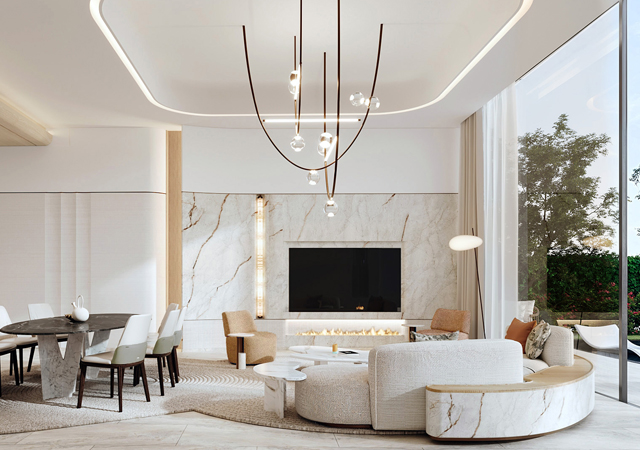


.jpg)
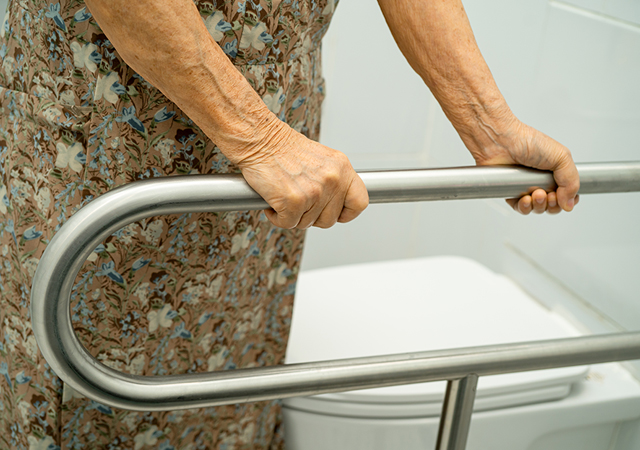

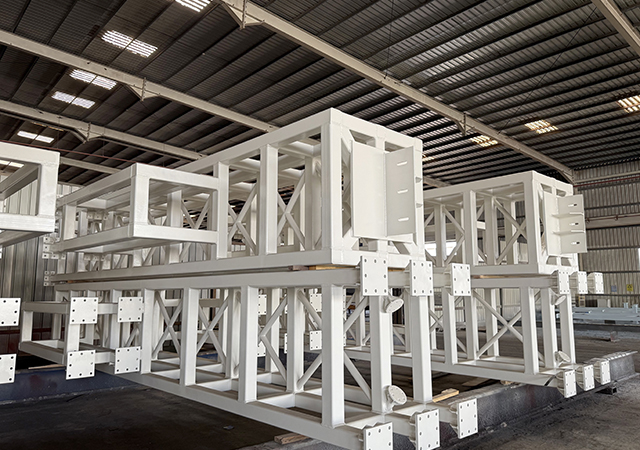




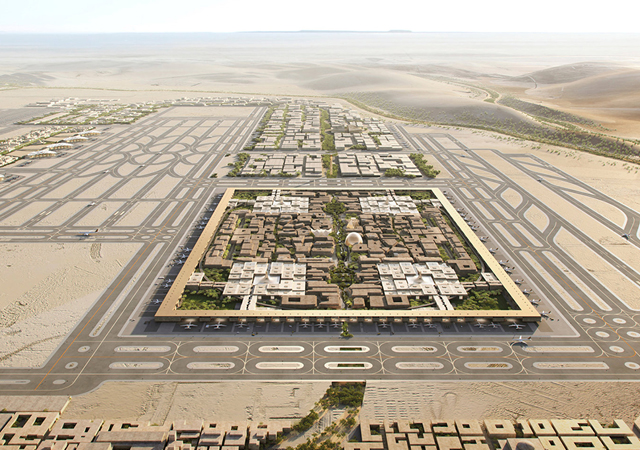
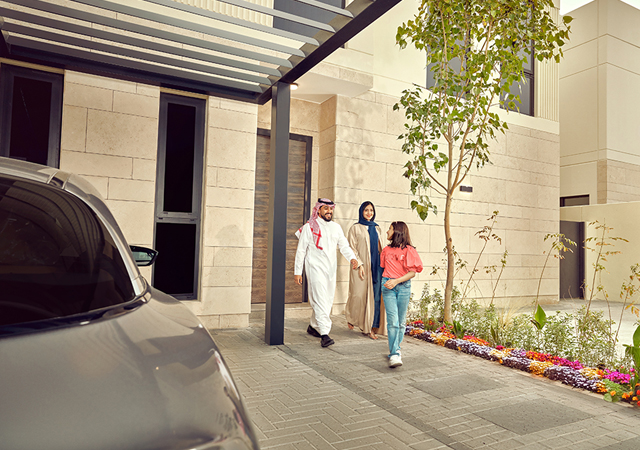
.jpg)




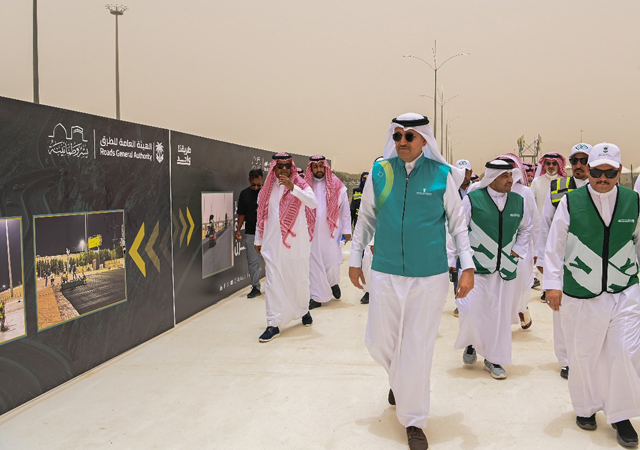

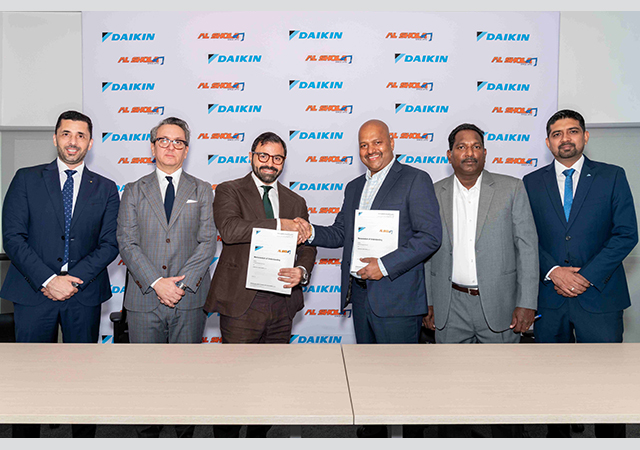

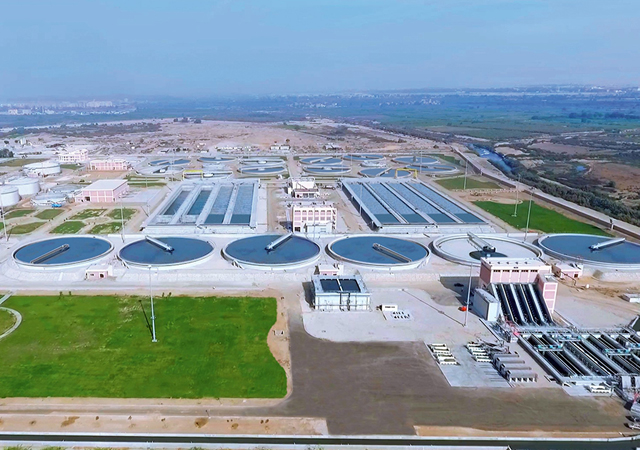
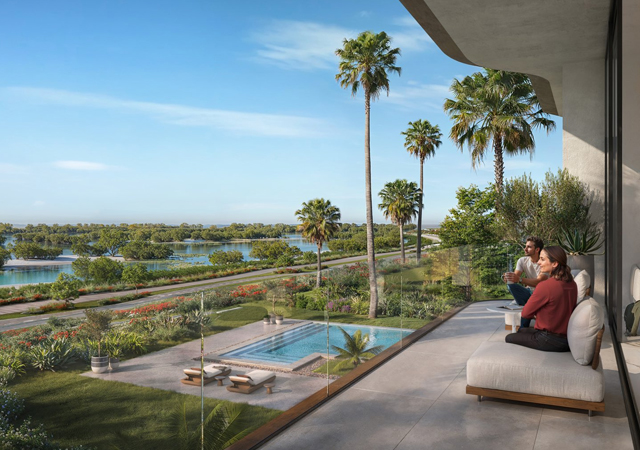


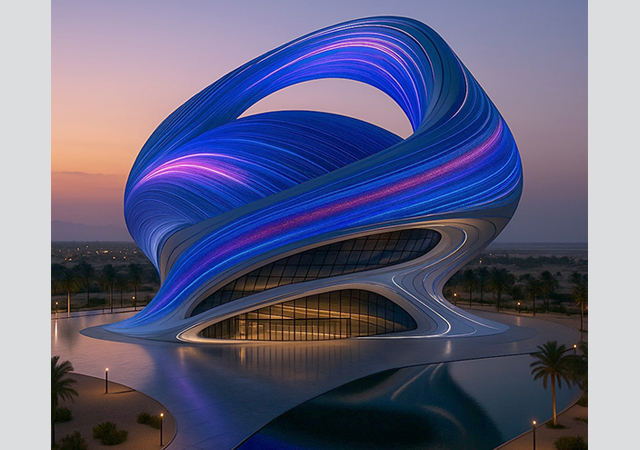



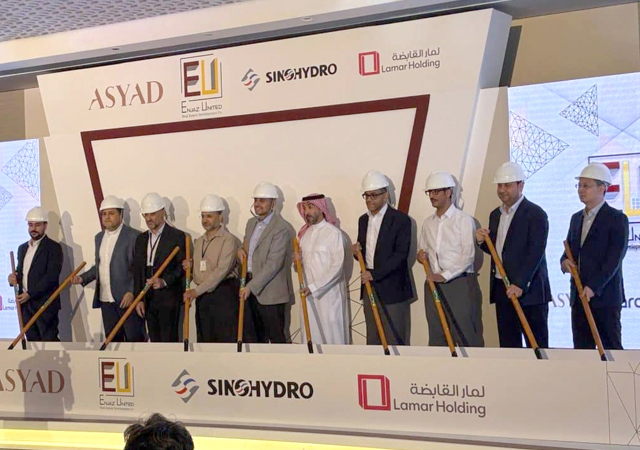
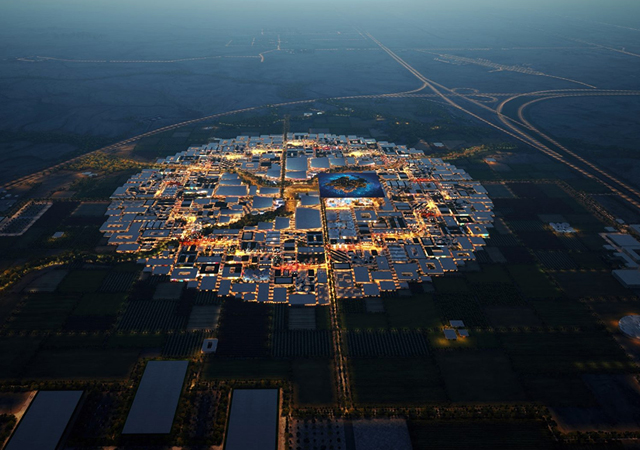
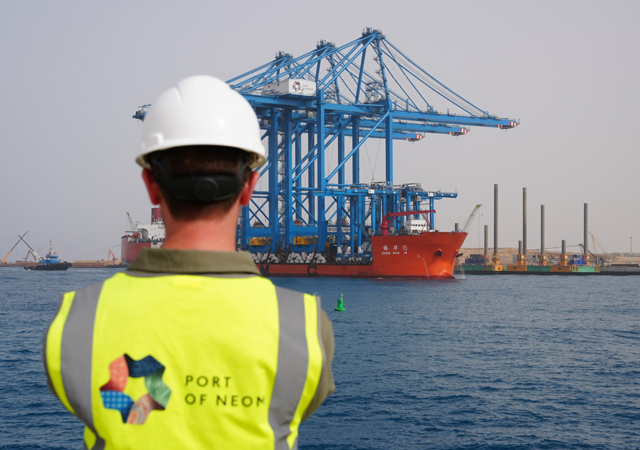
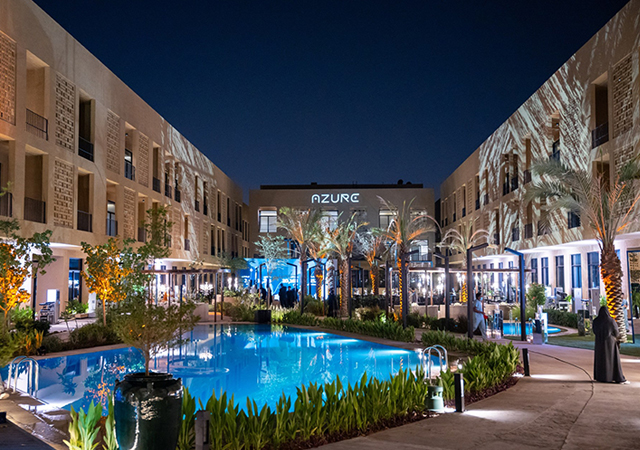
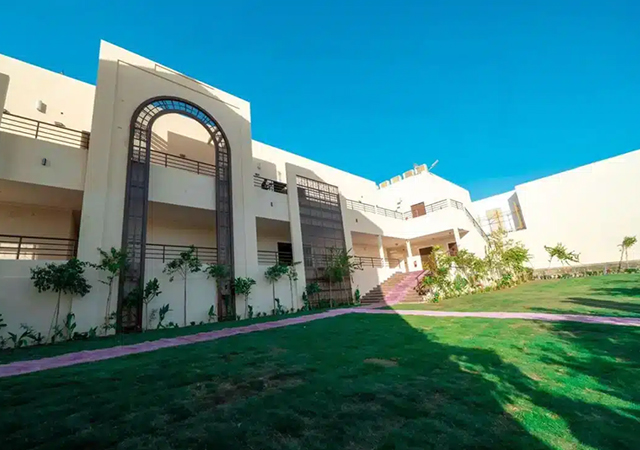


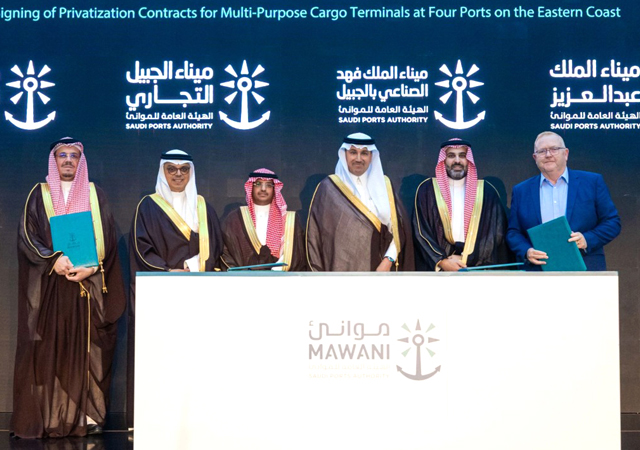
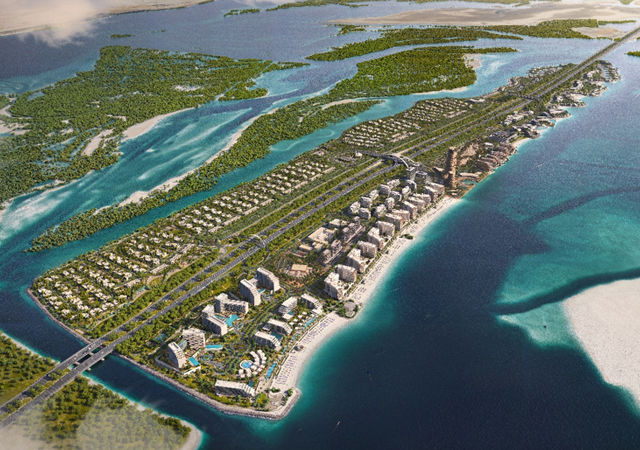

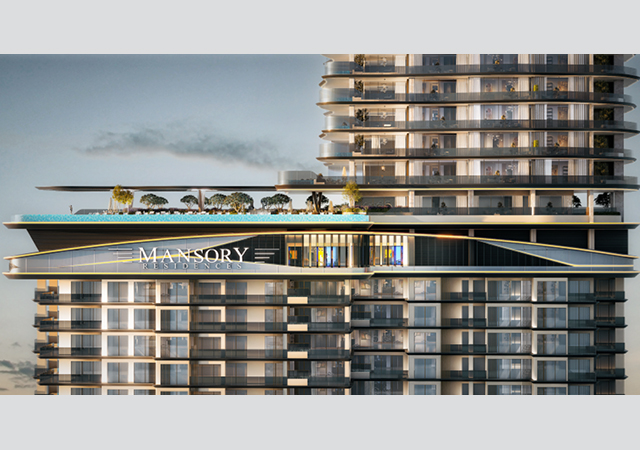


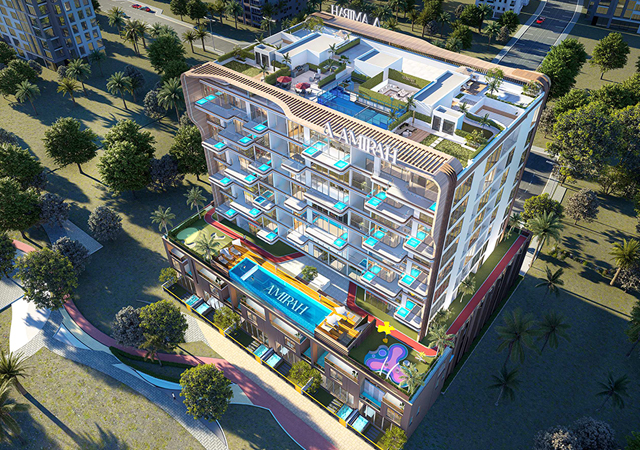
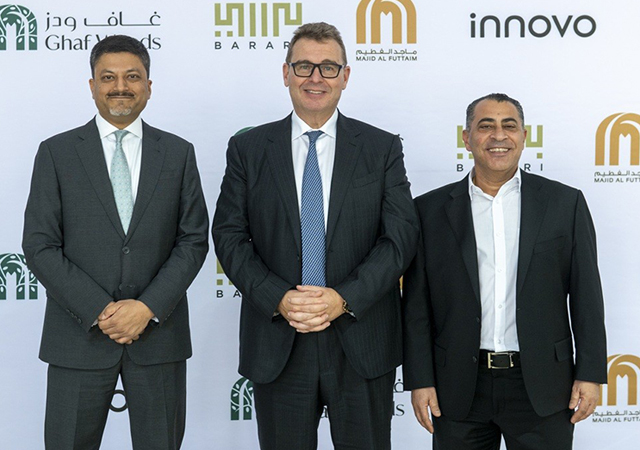
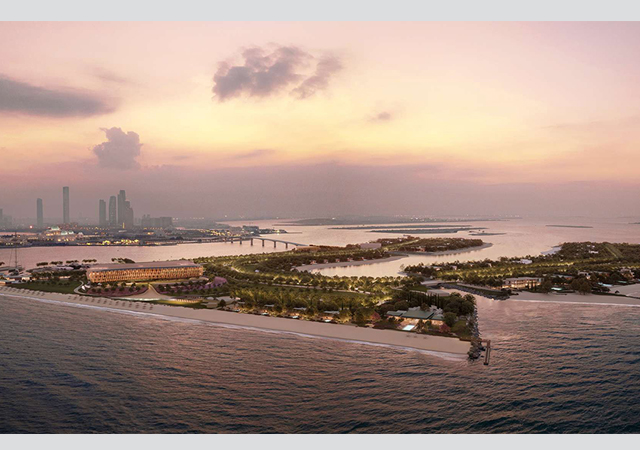
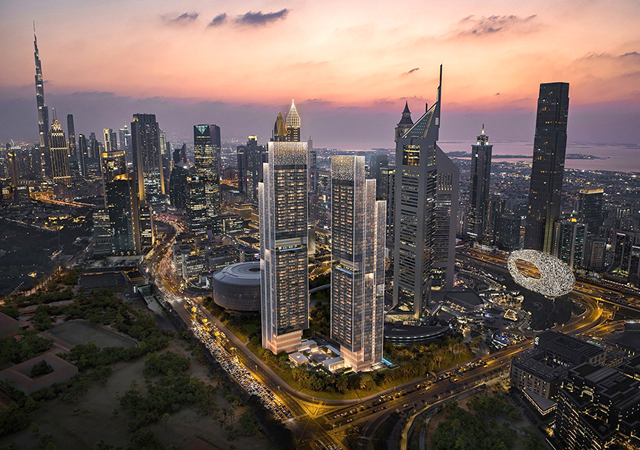
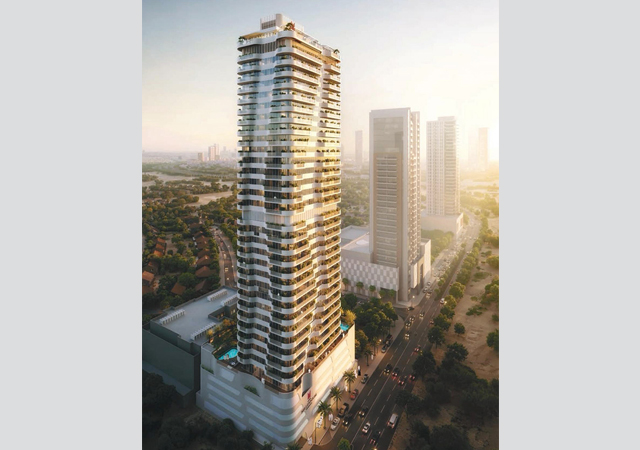
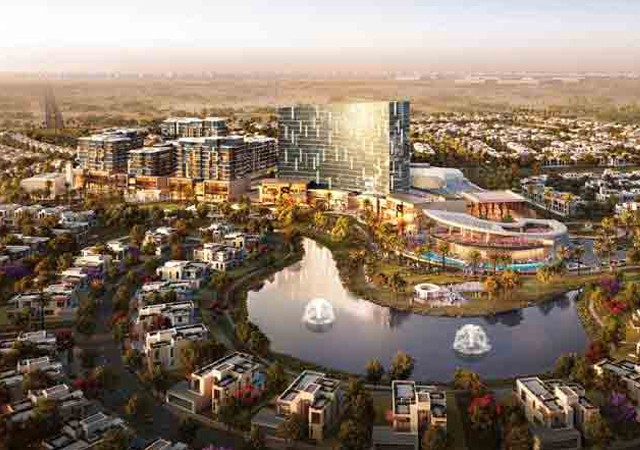
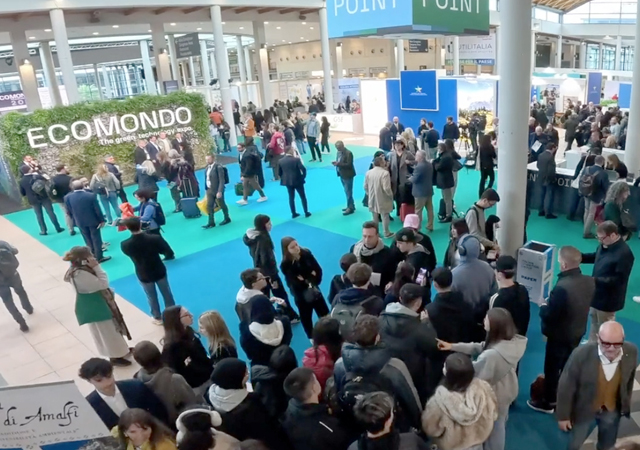
.jpg)











